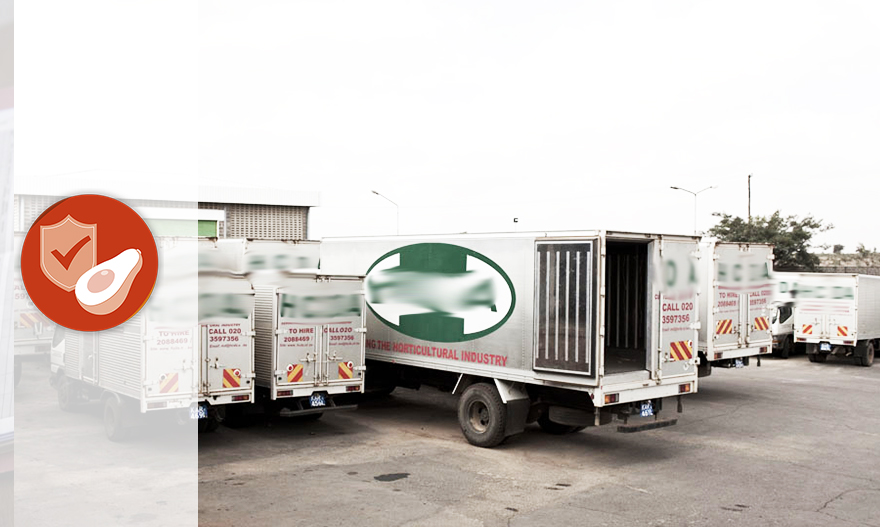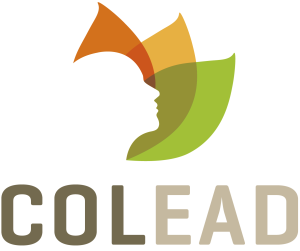
Introduction to Traceability
Estimated duration : 30 min
The course offers an introduction to the basic principles of traceability through various interactive and entertaining activities.

Traceability (Intermediate level)
Estimated duration : 3h30
We will begin this course by defining the concept of 'traceability' and the outcomes thereof. First we will introduce the two dimensions of the concept ('tracking', or establishing the location of the product in time and space, and 'tracing', or collecting information on how the product was produced/processed), and then we will discuss the two directions of traceability ('descending', or from the field to the finished product, and 'ascending', or using the data to go back up from the finished product to the raw materials).
Traceability can therefore be viewed or used in very different ways, depending on how the concept is perceived. During this course we will therefore analyse the different approaches of traceability: the customer approach, the legislation approach, the food safety approach, and the business management approach. Lastly, we will address the key points of a 'traceability system', including the operations (identification, link management, data recording, communication, etc.) and the circulation of information flows in this system.

Traceability (Advanced level)
Estimated duration : 9h30
We will begin the course by going over the principles and the main steps for setting up a food safety quality management system in a business. The traceability system is in fact linked to the production management system. During this course, we will emphasize the importance of defining the anticipated characteristics of the product, and we will demonstrate that setting up a quality management system requires creating an operations flow chart and a documentation system composed of all of the documents needed for managing it.
Next we will elaborate on the seven consecutive steps needed for setting up a traceability system, and we will find that once the project and the elements of the traceability system have been defined, it is then possible to work out the 'procedures'. We will go over the advantages and limits of the various media (hardcopy, electronic). We will show that the choice of media must be adapted to the characteristics of the business (production method, volume of activities, etc.) and to the unique aspects of the sector. We will learn that labelling products and using codes based on general rules (or standards) are crucial technical aspects of traceability.
Lastly, we will find that if an operator has a quality management system and a traceability system, he will be able to perform his own principal verifications and thus reduce the burden of external inspections. We will explain how to create and use a Sector Guide for establishing an effective 'self-monitoring' system in a business in five steps.
- Formateur: Edith KUNIHIRA

